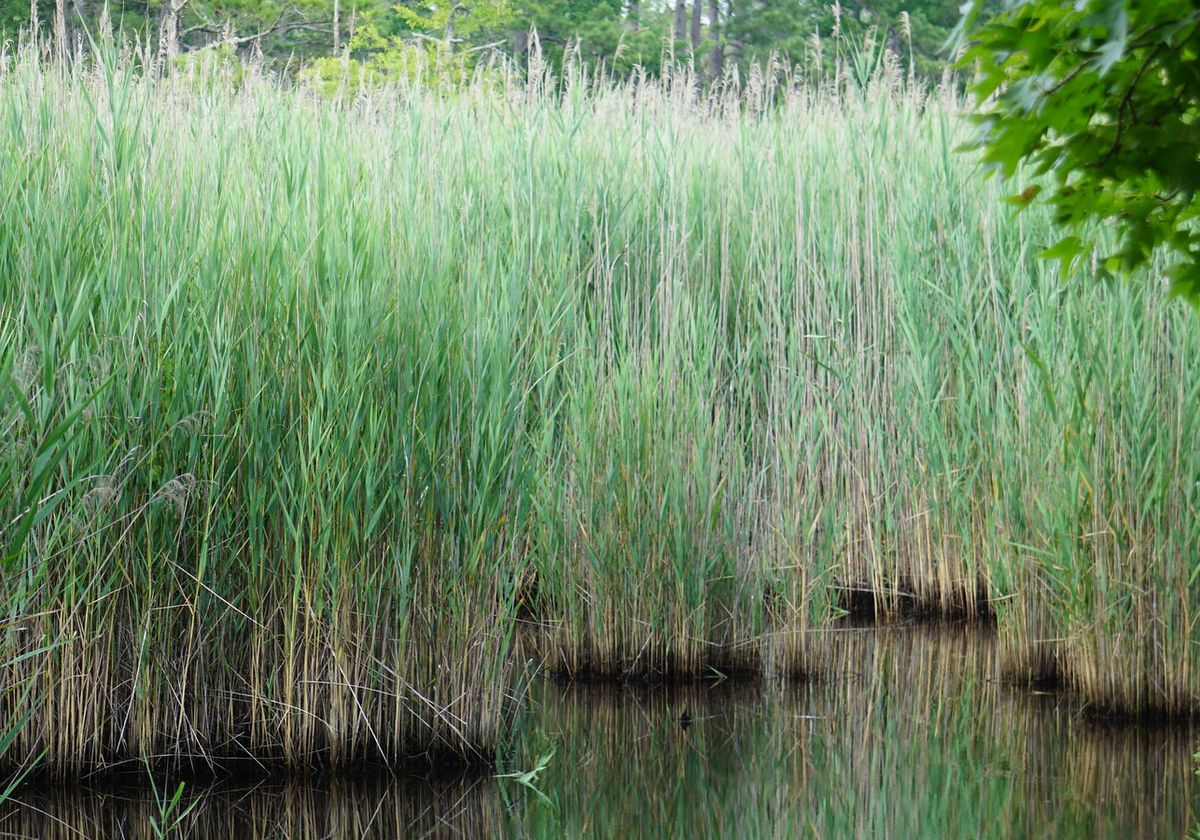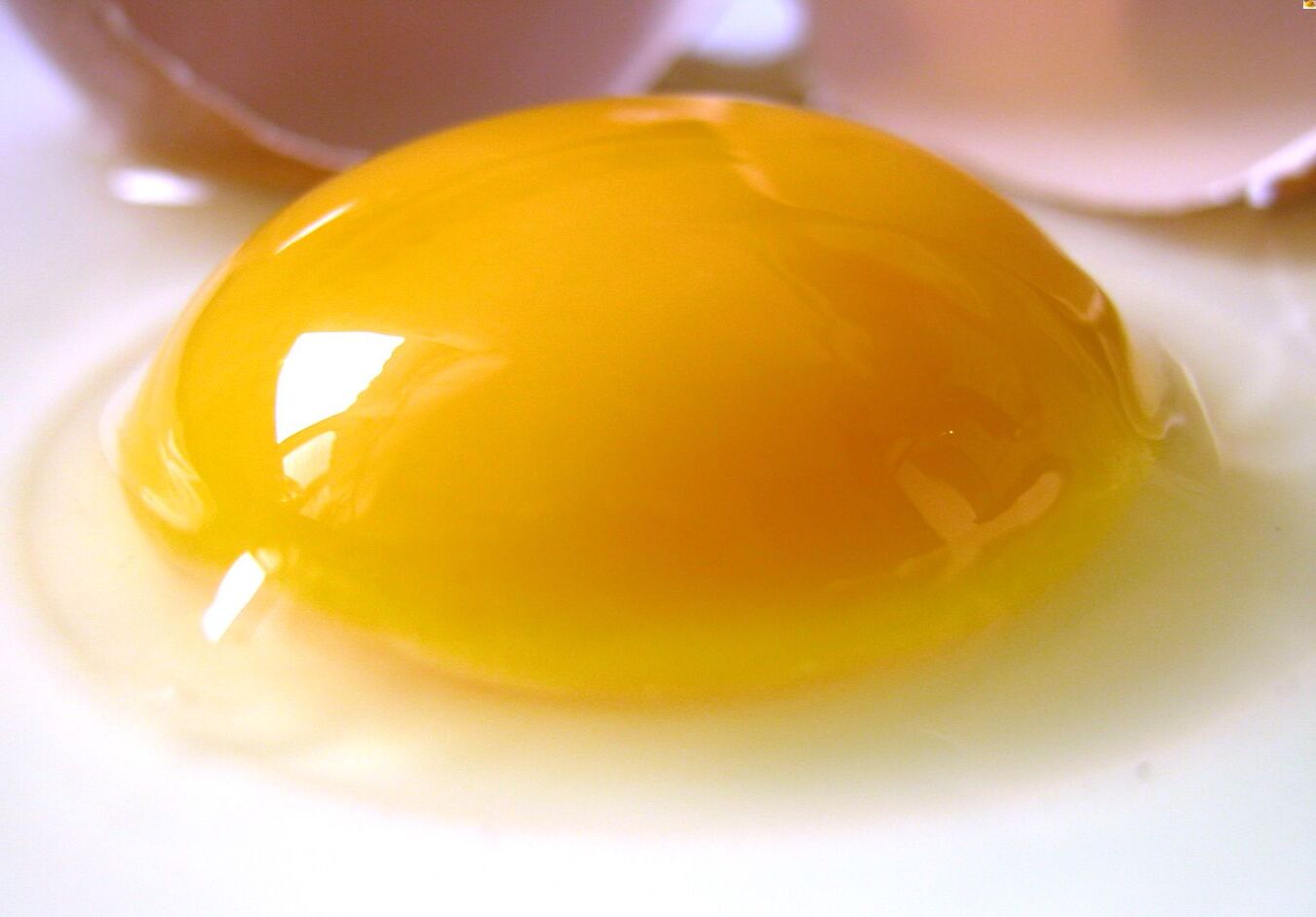
Reed plants, also known as phragmites, are an integral part of wetland ecosystems, offering a myriad of benefits to the environment and wildlife. Their tall, slender stems and feathery plumes add a touch of elegance to marshy landscapes, while their ecological significance cannot be overstated. From providing habitat for diverse animal species to stabilizing soil and filtering water, reed plants play a crucial role in maintaining the delicate balance of wetland ecosystems. In addition to their environmental contributions, reed plants have also been utilized by humans for various purposes throughout history, from thatching roofs to crafting decorative items. As we delve into the fascinating world of reed plants, we'll uncover ten intriguing facts that shed light on their ecological importance and cultural relevance. Join us on this journey to gain a deeper understanding of these remarkable wetland denizens.
Key Takeaways:
- Reeds, also known as bulrushes, have been used by ancient civilizations for crafting, construction, and medicine. They play a crucial role in stabilizing wetland ecosystems and provide habitats for diverse wildlife.
- In addition to their ecological significance, reeds hold symbolic meaning and inspire artistic expression. They continue to find modern applications, from sustainable bioenergy resources to innovative architectural designs, reflecting their enduring relevance and adaptability.
Used by Ancient Civilizations
Reeds have been utilized by ancient civilizations for various purposes, including crafting baskets, making paper, and constructing shelters.
Habitat for Wildlife
Reed beds provide essential habitats for a diverse array of wildlife, including birds, insects, and amphibians.
Versatile Building Material
Reeds have been used as a traditional building material for centuries, particularly in the construction of thatched roofs and walls.
Essential Wetland Stabilizers
These plants play a crucial role in stabilizing wetland ecosystems by preventing soil erosion and providing natural flood control.
Source of Traditional Medicine
In some cultures, reeds have been used for their medicinal properties, with applications ranging from pain relief to wound healing.
Sustainable Bioenergy Resource
Reeds are valued for their potential as a renewable bioenergy resource, offering a sustainable alternative to traditional fossil fuels.
Symbolic Significance
Reeds hold symbolic significance in various cultures, often representing qualities such as resilience, adaptability, and protection.
Ecological Water Purifiers
Reed beds are employed in ecological wastewater treatment systems, effectively filtering pollutants and purifying water.
Artistic Inspiration
Throughout history, reeds have inspired artists and artisans, influencing diverse forms of creative expression, from paintings to poetry.
Modern-Day Applications
In contemporary times, reeds continue to find diverse applications, from eco-friendly packaging materials to innovative architectural designs.
Reeds, or bulrushes, are aquatic plants belonging to the genus Phragmites. They are commonly found in wetland habitats such as marshes, riverbanks, and lakeshores. These tall, slender plants are characterized by their hollow stems and feathery plumes, which add a distinctive charm to their surroundings.
Reeds have a rich historical significance, with evidence of their use dating back to ancient civilizations. They have been valued for their versatility, serving as raw materials for crafting various items, including baskets, mats, and paper. Additionally, reeds have been used in traditional construction methods, particularly in the creation of thatched roofs and walls. Their widespread availability and practical utility have made them indispensable to human societies across different cultures and time periods.
In ecological terms, reeds play a vital role in stabilizing wetland ecosystems. Their extensive root systems help prevent soil erosion and contribute to natural flood control, making them essential components of wetland conservation efforts. Furthermore, reed beds provide critical habitats for a diverse array of wildlife, including birds, insects, and amphibians. These habitats support the ecological balance of wetland environments and are integral to the overall health of these ecosystems.
Beyond their ecological significance, reeds have also been valued for their practical applications. In some cultures, they have been used for medicinal purposes, with traditional remedies derived from various parts of the plant. Moreover, reeds have gained attention as a sustainable bioenergy resource, offering a renewable alternative to conventional fossil fuels. Their potential as a source of eco-friendly energy aligns with the growing emphasis on sustainable and environmentally conscious practices.
Symbolically, reeds hold diverse meanings across different cultures. They are often associated with qualities such as resilience, adaptability, and protection, reflecting their ability to thrive in challenging environments and provide vital support to surrounding ecosystems. Additionally, reeds have inspired artistic expression, serving as subjects for paintings, poetry, and other forms of creative representation.
In contemporary times, reeds continue to find innovative applications, reflecting their enduring relevance and adaptability. From eco-friendly packaging materials to modern architectural designs, the versatility of reeds is being harnessed in creative and sustainable ways. Furthermore, their ecological significance extends to the realm of wastewater treatment, where reed beds are utilized in eco-friendly systems to filter pollutants and purify water, contributing to environmental conservation efforts.
In conclusion, reeds are not only aesthetically pleasing additions to wetland landscapes but also integral components of diverse ecosystems with a rich historical legacy and a wide range of practical and symbolic applications. Their resilience, ecological significance, and versatile utility make them a compelling subject of interest, embodying the timeless interplay between nature, culture, and human innovation.
Conclusion
In conclusion, reed plants are fascinating and versatile organisms that play vital roles in various ecosystems. From providing habitat for diverse wildlife to aiding in water purification, reed plants offer numerous environmental benefits. Their resilience in challenging conditions and their use in various human activities make them an integral part of our natural and cultural landscapes. By understanding the unique characteristics and ecological significance of reed plants, we can appreciate their contribution to the planet and strive to conserve and protect these valuable species for future generations.
FAQs
Are reed plants only found in wetland areas?Reed plants are commonly associated with wetland habitats, but they can also thrive in other environments, including drier upland areas. They are adaptable and can tolerate a range of soil conditions, making them a versatile plant species.
Can reed plants be used for landscaping purposes?Yes, reed plants are often used in landscaping for their aesthetic appeal and ability to stabilize soil. Their tall, graceful stems and feathery plumes make them popular choices for adding texture and visual interest to gardens and outdoor spaces.
Was this page helpful?
Our commitment to delivering trustworthy and engaging content is at the heart of what we do. Each fact on our site is contributed by real users like you, bringing a wealth of diverse insights and information. To ensure the highest standards of accuracy and reliability, our dedicated editors meticulously review each submission. This process guarantees that the facts we share are not only fascinating but also credible. Trust in our commitment to quality and authenticity as you explore and learn with us.


